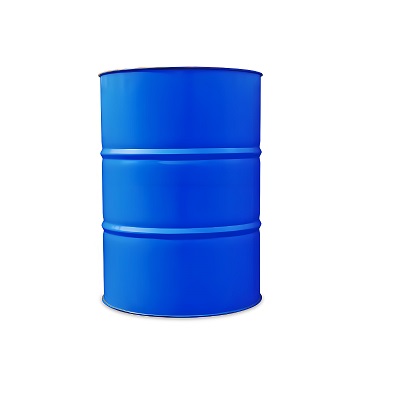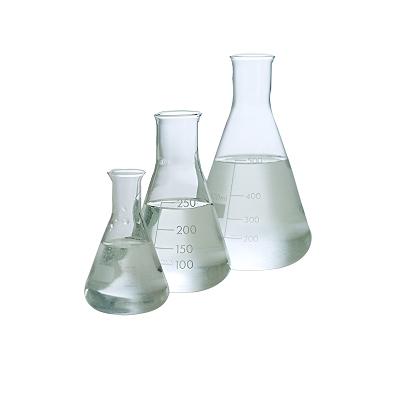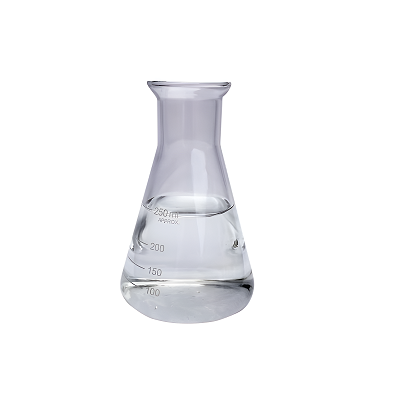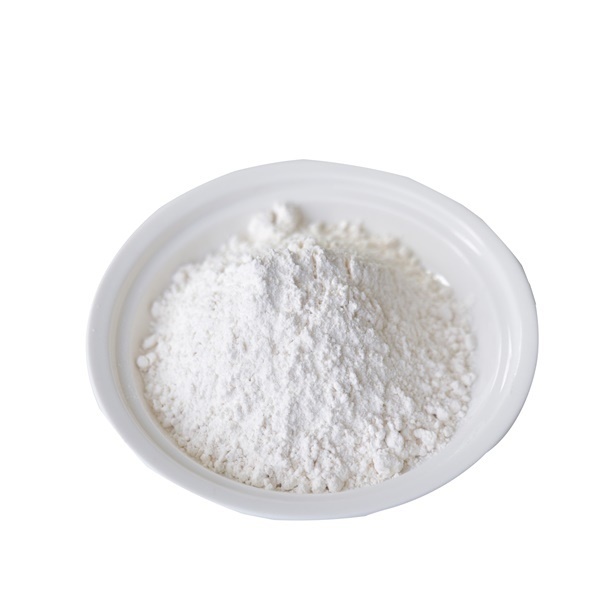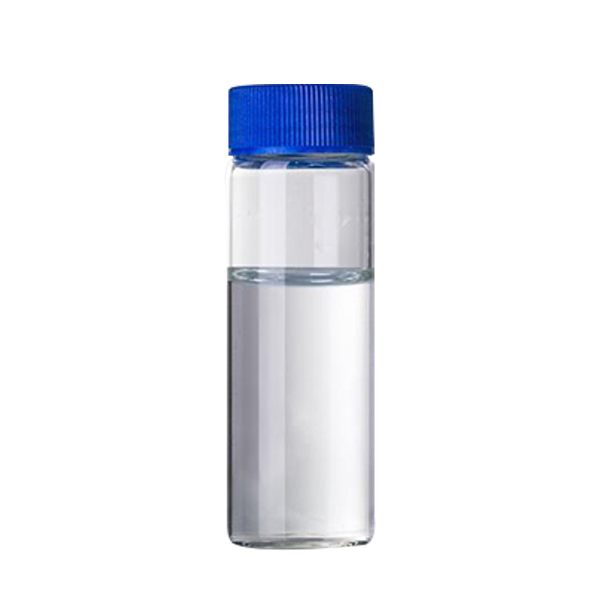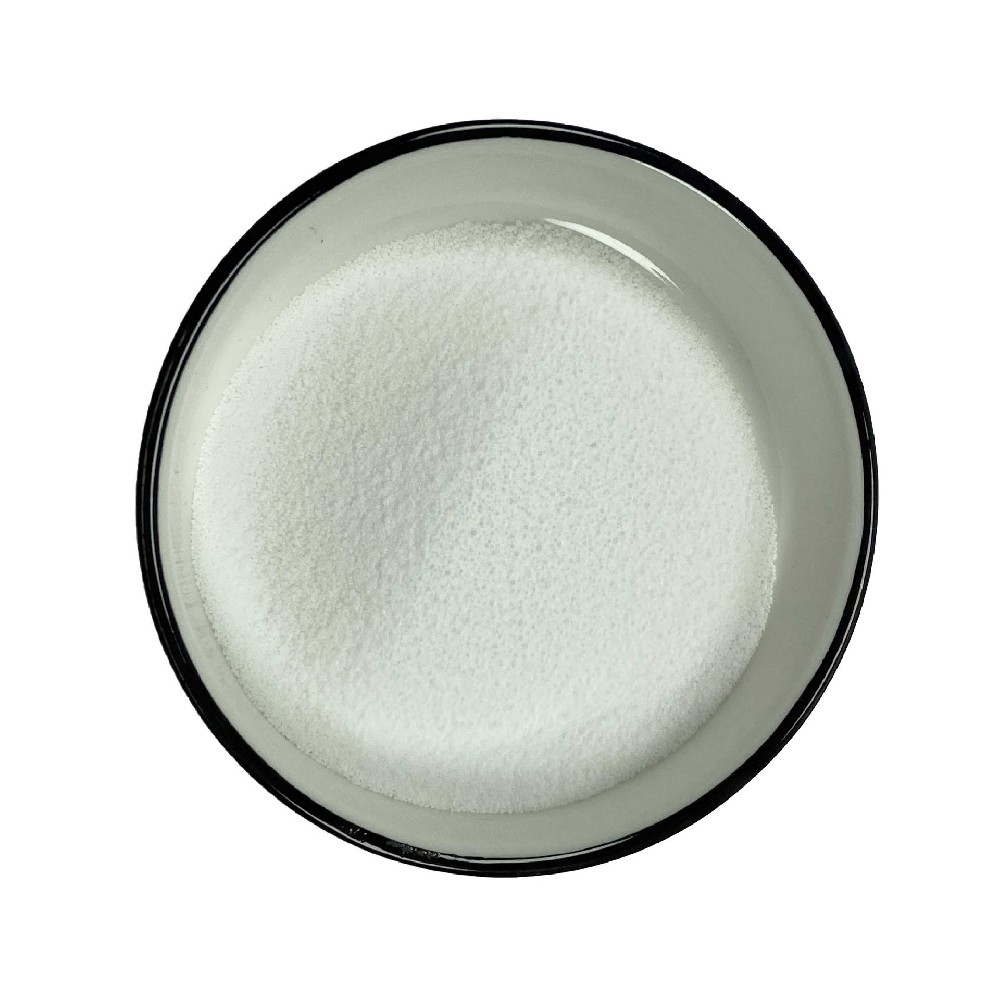

Propionyl chloride CAS 79-03-8
——————
CAS number : 79-03-8
molecular formula : C3H5ClO
EINECS : 201-170-0
——————
Email : info@deshangchem.com
Mobile : +86-13153039501
TEL : +86-531-88752665
CAS number:79-03-8
molecular formula:C3H5ClO
molecular weight:92.52
EINECS number:201-170-0
English synonyms
n-hydroxy-octanamid;octanoylhydroxamicacid;taselin;Caprylhydroxamic Acid(CHA);xinjiqiangwosuan;Caprylohydroxamic acid 7377-03-9;7377-03-9 Octanohydroxamic acid;PrzvFreeTM CHA
Related categories
Amides; synthetic reagents; organic acids; organic chemicals; pharmaceutical raw materials; organic synthesis intermediates; organic chemical raw materials; other raw materials; Fading and wrinkle removal; Cosmetic daily chemical raw materials; Mineral dressing agents; Cosmetic raw materials; Pyridone ethanolamine salt; Raw materials; Chemical raw materials, chemical raw materials-plastics; Daily chemicals; Chemical materials; Chemical raw materials; Cosmetics; Synthetic material intermediates; Chemical intermediates; cosmetic preservatives; bactericidal preservatives; preservatives; Hydroxylamines; Hydroxylamines (N-Substituted); OLEDmaterials, pharmchemical, electronic; Antibacterialamdpreservativeincosmetics; Add preservatives
Introduction
Caprylyl hydroxamic acid is an ideal organic acid for antibacterial. It has high-efficiency and selective chelation ability for ferrous ions and ferric ions, and the growth of mold is limited in the environment with limited iron ions. At the same time, it has the optimal carbon chain length that can promote the degradation of cell membrane structure. Therefore, it has strong antibacterial ability and is a new substitute for preservatives. Octyl hydroxamic acid is used to prepare octyl hydroxamic acid.
| Melting point | -94 °C |
| Boiling point | 77-79 °C (lit.) |
| Density | 1.059 g/mL at 25 °C (lit.) |
| Vapour density | 3.2 (vs air) |
| Vapor Pressure | 106 hPa (20 °C) |
| Refractive index | n20/D 1.404(lit.) |
| Flash point | 53 °F |
| Storage conditions | Store below +30°C. |
| Shape | Liquid |
| Color | Clear |
| Acid-base indicator discoloration pH value range | <7.0 |
Explosive limit | 3.6-11.9%(V) |
| Water solubility | REACTS |
| Freezing point | -94℃ |
| Sensitive | Moisture Sensitive |
Merck | 14,7828 |
BRN | 385632 |
| Exposure Limits | ACGIH: TWA 0.1 ppm |
InChIKey | RZWZRACFZGVKFM-UHFFFAOYSA-N |
| CAS database | 79-03-8(CAS DataBase Reference) |
Colorless liquid with pungent odor. Soluble in ethanol.
● Propionyl chloride is an intermediate for the plant growth regulator prohexadione.
● In the pharmaceutical industry, it is used in the production of antiepileptic drug methotrexate, antiadrenergic drug methoxyamine hydrochloride, and used as propionyl reagent in organic synthesis
● Used as an alkylating agent
● It is used as a propionylation reagent in organic synthesis and is an intermediate for the preparation of various propionic acid derivatives, such as propiophenone, etc.; it is used in the production of pesticide propanil; in the pharmaceutical industry, it is used in the production of antiepileptic drugs dimethoin, Cholesterol, anti-adrenergic drug methoxyamine hydrochloride, etc.
● Propionyl chloride can be prepared by reacting propionic acid with phosphorus trichloride, phosphorus pentachloride, thionyl chloride or phosgene. 1. Put propionic acid and phosphorus trichloride into the reaction pot, add several magnetic sheets, and react at 50°C for 6 hours under reflux. After standing for 1-2h, the lower layer of phosphorous acid was removed to obtain propionyl chloride. Under the condition that propionic acid: PCl3 is 1.32:1, the yield is 95%. When the obtained crude product needs to be purified, the method of distillation can be used to collect the fractions around 80°C to obtain the finished product. Raw material consumption quota: propionic acid (99.5%) 990kg/t, phosphorus trichloride (98%) 690kg/t. 2. The benzoyl chloride method is derived from the action of propionic acid and benzoyl chloride.
● The preparation method is as follows: propionic acid and phosphorus trichloride are reacted at 40-50 DEG C for 1 hour, cooled, allowed to stand, separated and rectified to obtain the product. Reaction equation: CH3CH2COOH+PCl3→CH3CH2COCl+HOPCl2
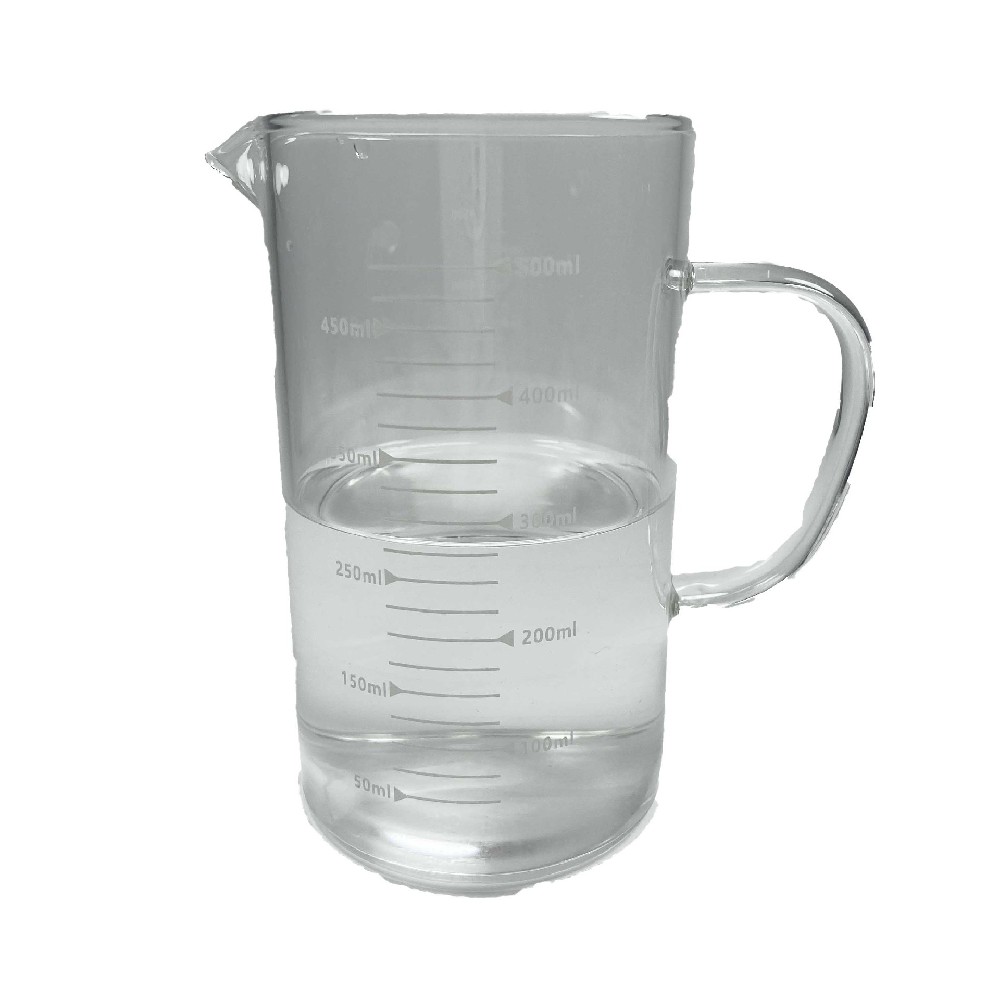
Propionyl chloride CAS 79-03-8
CAS number:79-03-8
molecular formula:C3H5ClO
molecular weight:92.52
EINECS number:201-170-0
English synonyms
n-hydroxy-octanamid;octanoylhydroxamicacid;taselin;Caprylhydroxamic Acid(CHA);xinjiqiangwosuan;Caprylohydroxamic acid 7377-03-9;7377-03-9 Octanohydroxamic acid;PrzvFreeTM CHA
Related categories
Amides; synthetic reagents; organic acids; organic chemicals; pharmaceutical raw materials; organic synthesis intermediates; organic chemical raw materials; other raw materials; Fading and wrinkle removal; Cosmetic daily chemical raw materials; Mineral dressing agents; Cosmetic raw materials; Pyridone ethanolamine salt; Raw materials; Chemical raw materials, chemical raw materials-plastics; Daily chemicals; Chemical materials; Chemical raw materials; Cosmetics; Synthetic material intermediates; Chemical intermediates; cosmetic preservatives; bactericidal preservatives; preservatives; Hydroxylamines; Hydroxylamines (N-Substituted); OLEDmaterials, pharmchemical, electronic; Antibacterialamdpreservativeincosmetics; Add preservatives
Introduction
Caprylyl hydroxamic acid is an ideal organic acid for antibacterial. It has high-efficiency and selective chelation ability for ferrous ions and ferric ions, and the growth of mold is limited in the environment with limited iron ions. At the same time, it has the optimal carbon chain length that can promote the degradation of cell membrane structure. Therefore, it has strong antibacterial ability and is a new substitute for preservatives. Octyl hydroxamic acid is used to prepare octyl hydroxamic acid.
| Melting point | -94 °C |
| Boiling point | 77-79 °C (lit.) |
| Density | 1.059 g/mL at 25 °C (lit.) |
| Vapour density | 3.2 (vs air) |
| Vapor Pressure | 106 hPa (20 °C) |
| Refractive index | n20/D 1.404(lit.) |
| Flash point | 53 °F |
| Storage conditions | Store below +30°C. |
| Shape | Liquid |
| Color | Clear |
| Acid-base indicator discoloration pH value range | <7.0 |
Explosive limit | 3.6-11.9%(V) |
| Water solubility | REACTS |
| Freezing point | -94℃ |
| Sensitive | Moisture Sensitive |
Merck | 14,7828 |
BRN | 385632 |
| Exposure Limits | ACGIH: TWA 0.1 ppm |
InChIKey | RZWZRACFZGVKFM-UHFFFAOYSA-N |
| CAS database | 79-03-8(CAS DataBase Reference) |
Colorless liquid with pungent odor. Soluble in ethanol.
● Propionyl chloride is an intermediate for the plant growth regulator prohexadione.
● In the pharmaceutical industry, it is used in the production of antiepileptic drug methotrexate, antiadrenergic drug methoxyamine hydrochloride, and used as propionyl reagent in organic synthesis
● Used as an alkylating agent
● It is used as a propionylation reagent in organic synthesis and is an intermediate for the preparation of various propionic acid derivatives, such as propiophenone, etc.; it is used in the production of pesticide propanil; in the pharmaceutical industry, it is used in the production of antiepileptic drugs dimethoin, Cholesterol, anti-adrenergic drug methoxyamine hydrochloride, etc.
● Propionyl chloride can be prepared by reacting propionic acid with phosphorus trichloride, phosphorus pentachloride, thionyl chloride or phosgene. 1. Put propionic acid and phosphorus trichloride into the reaction pot, add several magnetic sheets, and react at 50°C for 6 hours under reflux. After standing for 1-2h, the lower layer of phosphorous acid was removed to obtain propionyl chloride. Under the condition that propionic acid: PCl3 is 1.32:1, the yield is 95%. When the obtained crude product needs to be purified, the method of distillation can be used to collect the fractions around 80°C to obtain the finished product. Raw material consumption quota: propionic acid (99.5%) 990kg/t, phosphorus trichloride (98%) 690kg/t. 2. The benzoyl chloride method is derived from the action of propionic acid and benzoyl chloride.
● The preparation method is as follows: propionic acid and phosphorus trichloride are reacted at 40-50 DEG C for 1 hour, cooled, allowed to stand, separated and rectified to obtain the product. Reaction equation: CH3CH2COOH+PCl3→CH3CH2COCl+HOPCl2
Team Presentation

